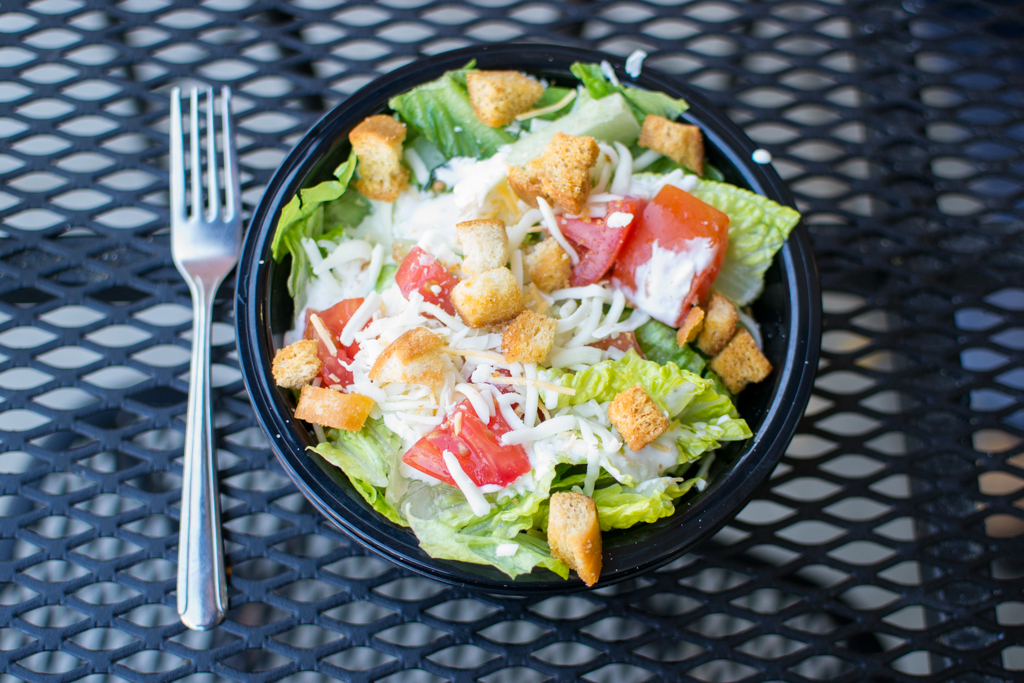
Locally-grown food has been a priority for the Caf for the last five years. However, for the staff at Biola Bon Appetit it is difficult to purchase enough to provide for the high volume of students, faculty and staff served each week.
On a good week, Biola reaches the 20 percent of locally-purchased foods required by Bon Appetit standards, said John Rose, executive chef at Bon Appetit Biola. The locally-purchased food consists mostly of the fruits and vegetables for the salad bar.
Locally-grown food means food grown within a 150-mile radius from Biola’s campus, said Steve Rall, the general manager of Bon Appetit Biola.
Bon Appetit Biola works with a food co-op in Ventura, Calif. Rall sets a budget for food each week and orders the food needed each week for the menus planned by Rose. The co-op Rall orders from gets the food from local farmers and delivers weekly to Biola.
“Through this process we are dealing directly with the farmer,” Rall said. “This way our money goes straight to the farmer.”
Campus-grown food
The Caf’s salad bar sometimes features food grown in the Biola Garden, Rall said. Rall helped to fund some of the tools and offered to fund workers for 10 hours a week.
Senior environmental science major Brendon Anthony, who started out helping in the Biola Garden, now works as an agriculturalist for Bon Appetit.
"I was a biology major so I started helping out and getting extra credit for working in the garden. Now we have grown to where we can bring food to the Caf and do specialty luncheons for President Corey," Anthony said.
From organic to local
The movement for locally-grown food began 10 years ago, starting with the purchase of organic food, Rall said. Bon Appetit decided to try something different after realizing that purchasing organic food from outside the country is counterproductive because transportation by plane adds to the carbon footprint.
“People want local and sustainable food like back in the day. Back then people had local farms that produced things for their local community,” Rall said.
Local food presents challenges
However, there are some minor setbacks to working with local farmers, Rose said.
“We have to menu what’s in season, and sometimes the weather doesn’t always cooperate,” Rose said. “Last week I ordered a lot of vegetables and they couldn’t come in because of the rain, but it’s a small price to pay.”
The pros to getting locally-grown food outweigh the cons. The food from local farmers tastes significantly better than food purchased at the general market, said Bonnie Powell, director of communications at Bon Appetit Management Company.
“In 1990, chefs were realizing that their produce just wasn’t tasting as well, as ripe and delicious and flavorful as what they wanted,” Powell said. “That’s when they started saying we should look locally so it will be fresher.”
About the community
Bon Appetit has placed a huge priority on buying locally-grown foods to give students the best quality food, according to Rose.
“I think most students probably don’t realize the quality they get,” Rose said. “We try to cater to student’s needs … it’s not just like cooking at a restaurant or a hotel, it’s like looking after a giant family.”







